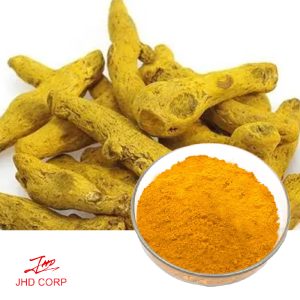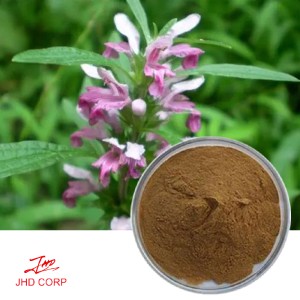
Chat With Us Contact Us Email Me
Bilberry is rich in anthocyanins. More than 15 kinds of different anthocyanins are found in Bilberry. Anthocyanins may help maintain capillary integrity and stability of collagen. Anthocyanin is also a powerful anti-oxidants. A large number of clinical studies have shown that cranberry in the treatment of circulatory discomfort, varicose veins, other veins and arteries are very effective. Anthocyanin can steady phospholipids in endothelial cells and increase collagen and mucopolysaccharides, which maintain structural integrity of arterial wall synthetic material for protecting veins and arteries. Anthocyanins also help to prevent platelets from aggregating and adhering in the endothelial cell surface.
Function:
1. Normalization of capillary permeability
Anthocyanins have a strong "vitamin P" activity, which can increase intracellular vitamin C levels and reduce capillary permeability and fragility. This feature can reduce the blood-brain barrier permeability to eliminate harmful free radicals.
2. Vascular disease
In view of its role in the normalization of capillary permeability, blueberry anthocyanin was used for capillary fragility, blood purpura, a variety of brain circulation disorders (similar to the corresponding role of Ginkgo biloba), venous insufficiency, varicose veins and fragile capillaries due to kidney blood loss caused by trace in urine (capillary leak).
3. Eye diseases
Bilberry extract demonstrated significant function to eyes. Presumably it may improve the transfer of oxygen and blood to the eye capability. Many eye diseases, including cataract formation and macular degeneration, are due to the ultimate source of free radical damage to the eye
Application:
1.Treat circulation disorders, varicose veins and other venous and arterial problems.
2.Improve circulation to the eyes and help with eye strain and visual acuity.
3.Cure the ocular disease, cataract, glaucoma, hemorrhage of the eyeground.
4.Deal with retinal disturbances, day and night blindness, myopia and pigmentary retinitis.
Add Popular Products to weekly line up





















